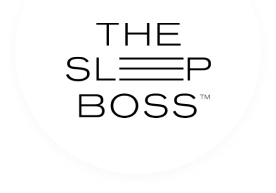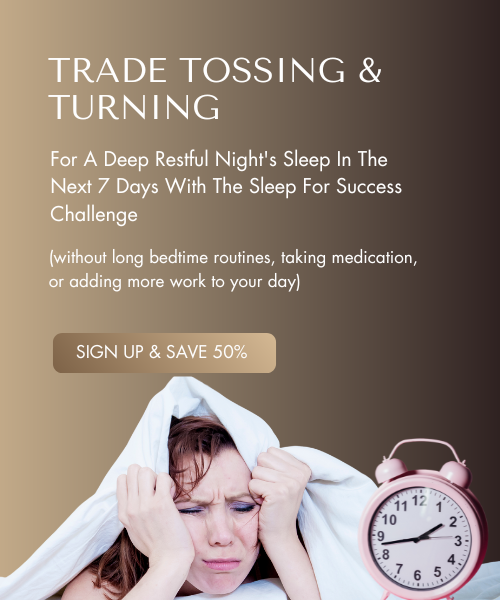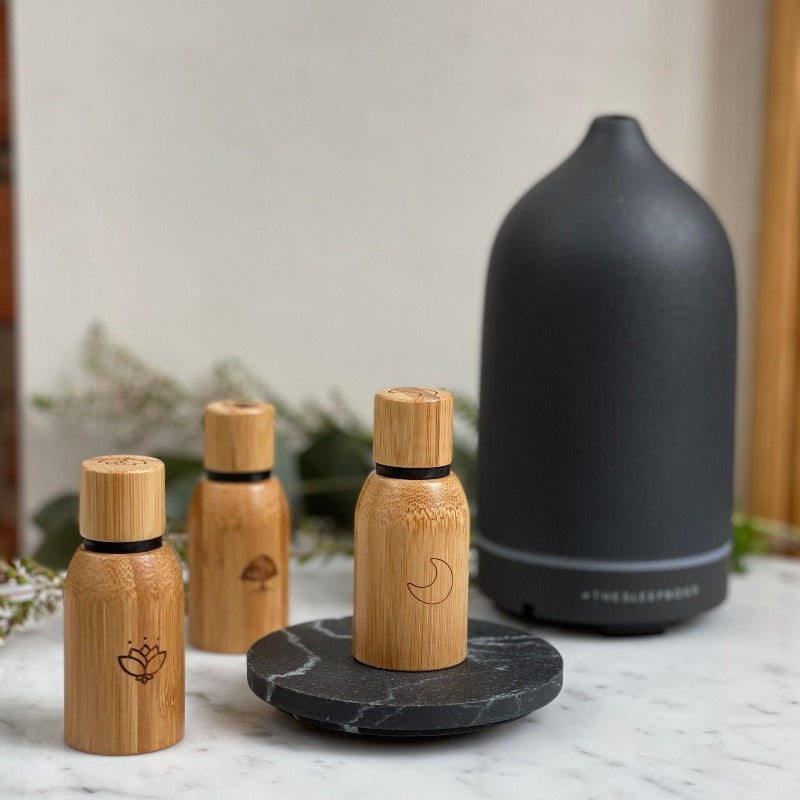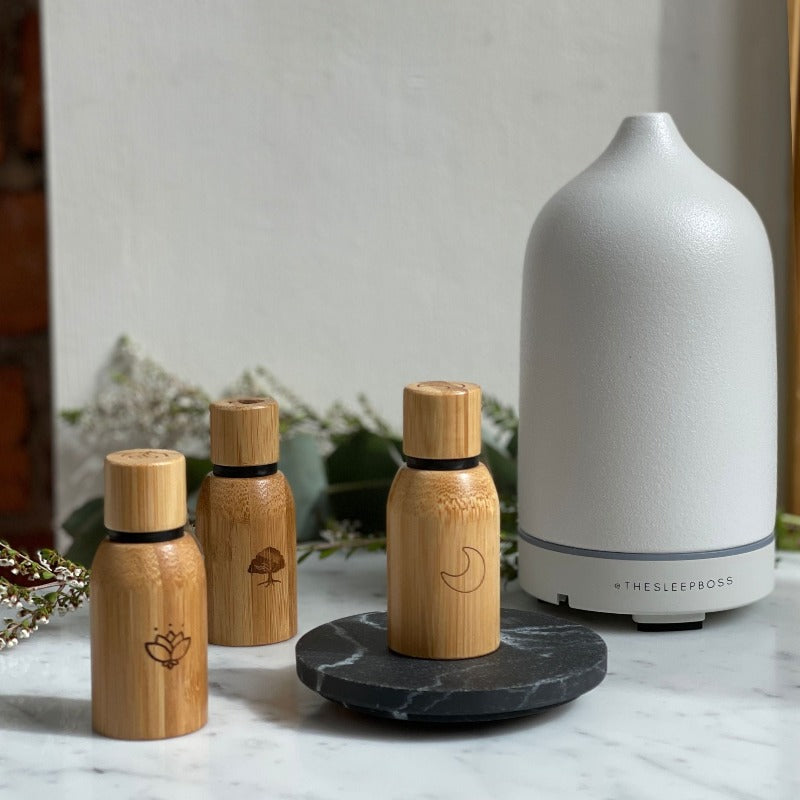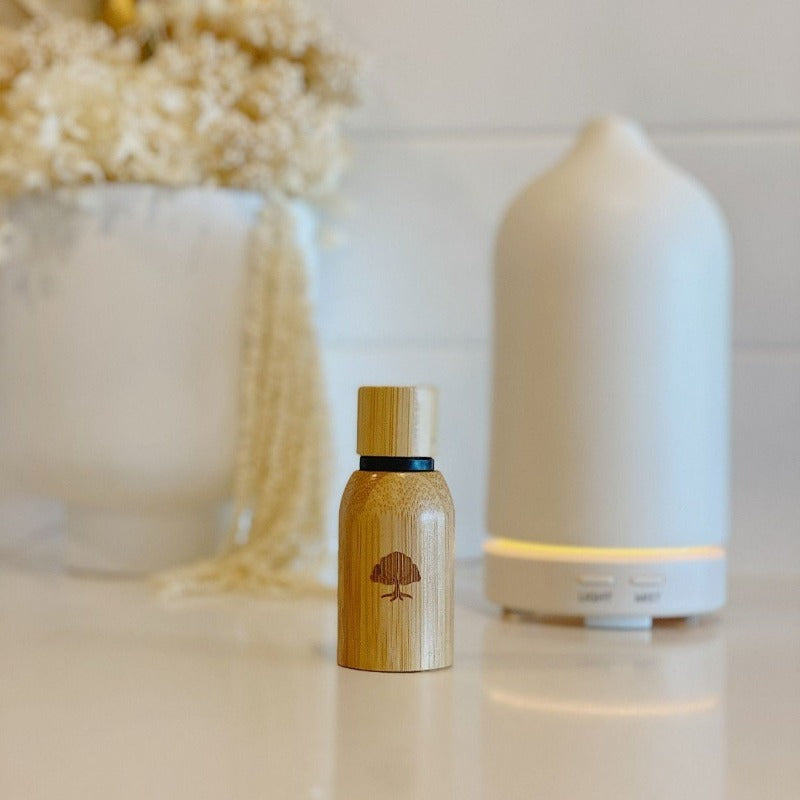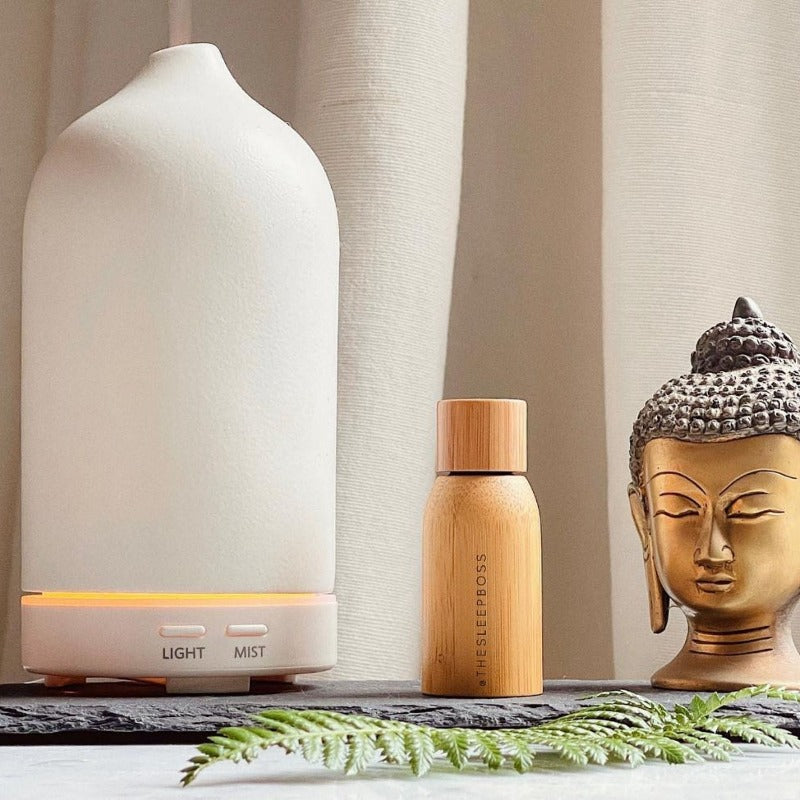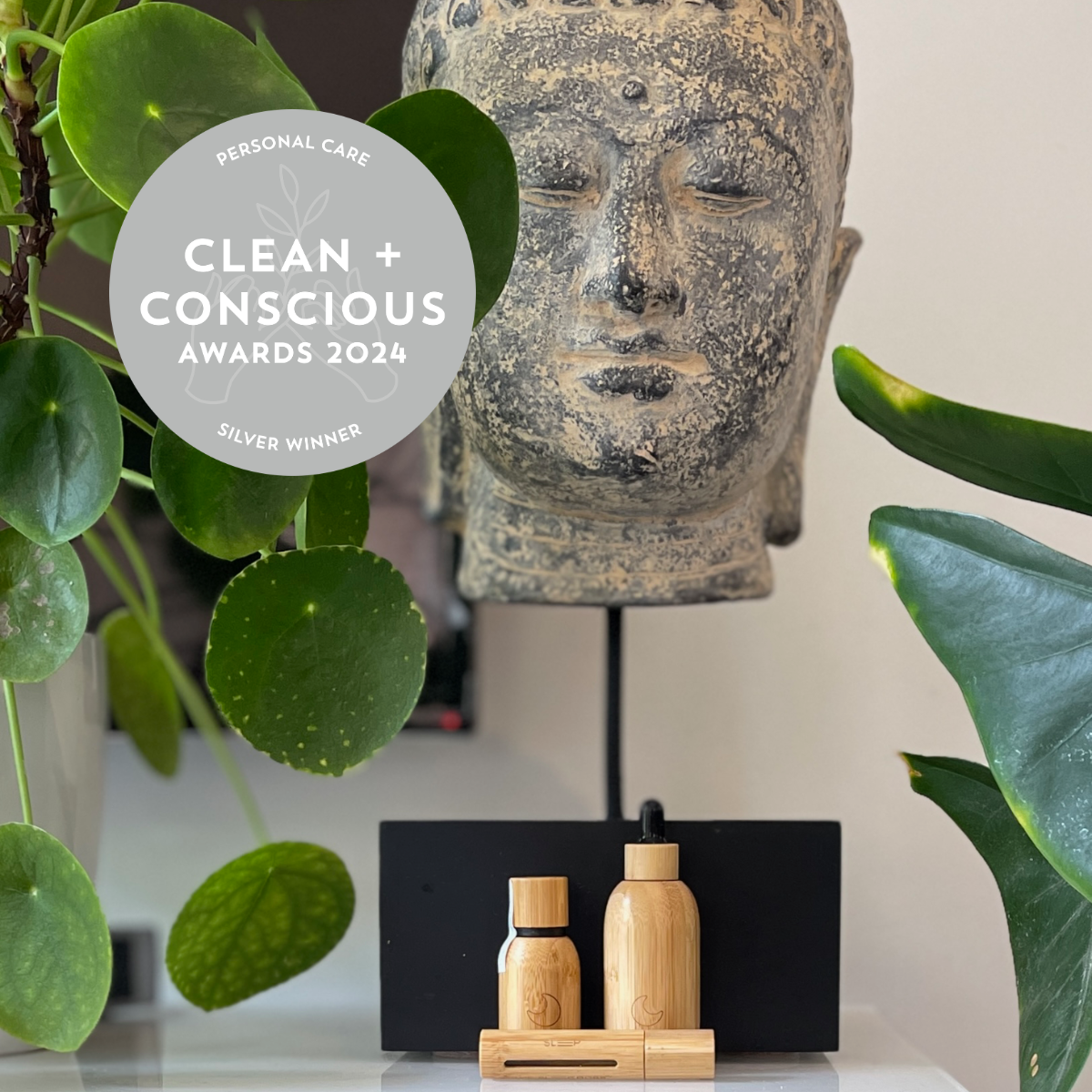
Why are NASA, Nike and Google are so passionate about this boardroom strategy?
If NASA had a strategy that improved employee performance by 34%, would you be interested to know? What if, outside of performance, this strategy also improved mental health, reduced burnout and enhanced well-being? And what if leading companies like Google and Nike were so passionate about this strategy they are embedding it into office design worldwide - you’d be curious to learn, right? Right. Be it for workplace well-being, optimised output, employee retention or all of the above, the concept you want to know about is a ‘Wellness Room’.
Sleep regenerates happiness hormones such as serotonin, helping us feel more energetic and emotionally upbeat.

What are the benefits of a power nap?
As noted by NASA, a mere 26-minute power nap can boost performance by a whopping 34% - without causing the sleep issues at night, that an afternoon coffee would. NASA also reported alertness increased by 54% too. By recharging the frontal lobe with a power nap, executive functions such as attention, reasoning and mental clarity are enhanced, giving employees that all-important second wind. With respect to mental health, it is important to note that naps - even in the form of a short 26-minute power nap - can be helpful here too - sleep regenerates happiness hormones such as serotonin, helping us feel more energetic and emotionally upbeat.Instead of the "work hard, play hard, sleep when you’re dead," mentality, leading businesses are taking sleep so seriously, they're enabling it.
What exactly is a Wellness Room?
A wellness room is what it sounds like - a dedicated space for rest and relaxation at the office. Decked out with perhaps nap pods, zen zones for meditation, and incorporating soothing scents such as mindfulness essential oil blends, companies such as Nike and Google are integrating these into office layouts worldwide, emphasising their priority on sleep, rest and holistic wellness practices. While in previous years, corporates have been known to hold a ‘work hard, play hard, sleep when you’re dead’ mentality, it’s evident that leading, innovative businesses are taking the opposite approach. Rather than frown upon sleep, they take it so seriously they enable it - literally.
"29% of workplace errors can be directly attributed to fatigue" 1

Why the Wellness Room?
A 2022 survey found on average, Australians sleep a meagre 6.2 hours per night - falling short of the minimum 7-hour requirement. Further, only 42% slept 7.5-8.5 hours, meaning that most employees are sleep deprived - including yours. As a result, the brain’s frontal lobe is compromised, responsible for judgement, concentration, memory and decision-making, which explains why the Sleep Health Foundation reports that 29% of workplace errors can be directly attributed to fatigue. Secondly, with employee mental health a core priority of such progressive companies, by providing a Wellness Room, they address this issue too. As noted by a 2005 study published in the academic journal Sleep, insomniacs are 10 times more likely to be depressed, and 17 times more likely to have an anxiety disorder which leads to ongoing health issues. Those that practice mindfulness experience a greater zest for life and less anxiety.
Wellness rooms are increasingly incorporated into boardroom strategies to encourage office attendance as well as retain staff
Is employee wellness a corporate responsibility?
As more organisations recognise the links between productivity and health, employee wellness is quickly emerging as one of the most urgent workplace strategies of 2023. Post-pandemic workplaces are struggling to get employees back in the office. Wellness rooms are increasingly incorporated in Australian workplaces to encourage attendance as well as retain staff. Co-working space, The Commons, incorporates wellness spaces in their office design and wellness programs for staff ensuring opportunities for staff and members are present to balance their busy schedules with rest, wellness practices and downtime. PricewaterhouseCoopers have silent contemplation rooms available to employees and even the Australian Federal Government contemplate well-being programs as integral to workers' health.
“It is argued that the introduction of employee health and wellbeing programs in the workplace serve two purposes: they are of benefit to workers as they target individuals’ health and wellbeing while at the same time prevent escalating costs, increasing productivity, improve morale and worker retention.” 2
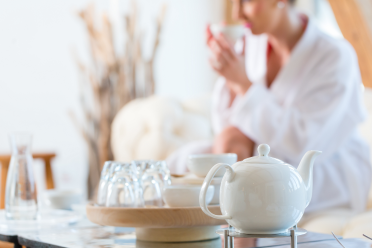
What are the benefits of corporate wellness programs?
Research from Harvard shows that for every $1 investment in support of employee wellness programs, businesses score a $6 payback. 3
That’s a whopping 6:1 ROI!
Here are the top six benefits of introducing wellness rooms into your workplace:
- Increased productivity
- Reduced risk of disease
- Decrease in absenteeism
- Increased engagement and motivation
- Reduced stress
- Morale Boost
- Employee retention
To highlight the cost-benefit, absenteeism alone costs Australian companies over $32 Billion per year according to Safework Australia. 4
What is The ‘perfect’ Wellness Room?
Taking guidance from Google and Nike, Nap Pods are great, but you don't need to spend a fortune; a few daybeds, couches or big floor cushions, soft blankets, biophilic elements and calming wall colours are enough to create a space where employees can comfortably nap, relax or meditate.
Next, a lock box at the door to encourage a disconnect from tech - while Wellness Rooms can be potent for productivity and performance, this will not be the case if the silence is marred by beeps and bells of devices. And last but definitely not least, aromatherapy diffusers and essential oils - ideally, catering to the different purposes of the room itself. As noted in a 2020 study by Mayo Clinic Hospital, oils such as lavender, margoram and ylang ylang are calming for the nervous system and can reduce anxiety for restorative rest.

With this in mind, I couldn’t recommend The Sleep Boss’ Wellness Room Aromatherapy Set higher - it comes with botanical blends designed for meditation, mindfulness, resilience and sleep, using natural botanical oils; alongside a stunning ceramic diffuser to safely disperse essential oils with ultrasonic diffusion. As such, employees can feel rested in the office and take the restoration home as well - leaving them able to recharge and ready to embrace the next day.
Encouraging regular rest times for those that are working from home is important too. Adding a corporate wellness program to the mix is the next step for progressive companies.
This could include access to “on-demand” workouts, meditation and mindfulness programs, mental health services, sleep wellness programs, access to wellness products and so on.
Outside of a Wellness Room, what should corporate leaders do to promote well-being?
While a wellness room is a great start, it does not replace traditional corporate wellness activities, such as a Lunch and Learn, or ongoing opportunities for workshops to promote a specific area of health - mental, physical, cognitive and spiritual. These activities ensure that employees are supported in the workplace, and keep them accountable to avail of the services of the Wellness Room itself.
It is clear that employee wellness is quickly emerging as one of the most urgent, and potentially the most profitable, workplace strategies of 2023
To embed wellness into the organisational culture it must be championed from the boardroom level. To ensure every element of your company's wellness program delivers the desired results, leaders from top to bottom must encourage physical and mental wellness activities. The next generation of workers is changing the way they view employment and they expect their workplaces to be psychologically and emotionally healthy.
Is employee wellness a corporate essential?
When wellness programs are championed from the top, employees are empowered to see the value of restorative rest and work-life balance. Companies benefit from increased engagement, employee retention, reduced absenteeism and financial returns at a ratio of 6:1 for every dollar spent. Employees benefit both at work and at home with their families, creating a circular effect.
Wellness rooms are achievable for companies both small and large. A few inexpensive elements can make a room relaxing and restorative without breaking the budget. They can enhance opportunities to embed other wellness offerings into the workplace and the ongoing benefits to the company and employees are significant. It is clear that employee wellness is quickly emerging as one of the most urgent, and profitable, essential workplace strategies of 2023.
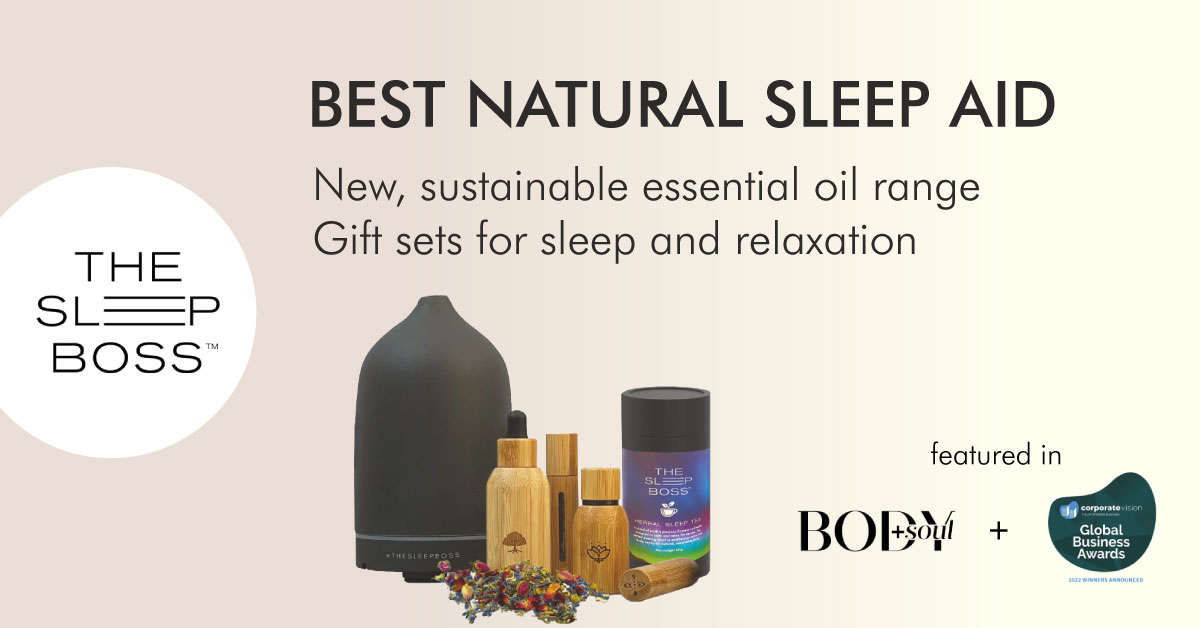
If you're looking to set up your own company wellness room contact us today to choose a custom set from our range of bespoke award-winning wellness products.

The Sleep Boss brings you our series Sleep for Success: guiding sleep health and wellness.
-----------------------------------------------------------------------------------------
To read our past and future articles simply join our network here or click 'Follow'. Also feel free to connect with us via our Website, Twitter, Facebook, or Instagram and share with your network.
See other articles in this series; 6 CEO’S On How Much Sleep They Actually Get and The New Epidemic: Poor Sleep Quality
- https://www.sleephealthfoundation.org.au/pdfs/surveys/SleepHealthFoundation-Survey.pdf
- Comcare.gov.au
- https://dash.harvard.edu/handle/1/5345879
- https://www.safeworkaustralia.gov.au/resources-and-publications/reports/psychosocial-safety-climate-and-better-productivity-australian-workplaces-costs-productivity-presenteeism-absenteeism
